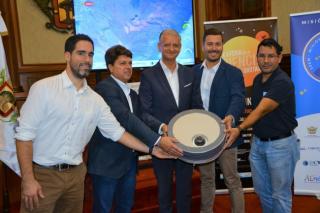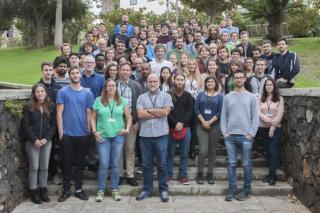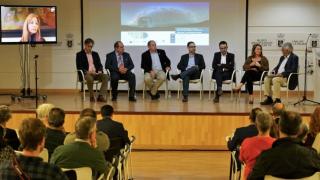
IACTec Espacio ha liderado el diseño y la construcción del instrumento que se lanzará mediante un globo estratosférico este domingo, 11 de noviembre, de la Plaza de la Constitución del municipio norteño. Desde que comience su ascenso, transmitirá imágenes en alta definición que podrán verse en directo.
Advertised on




